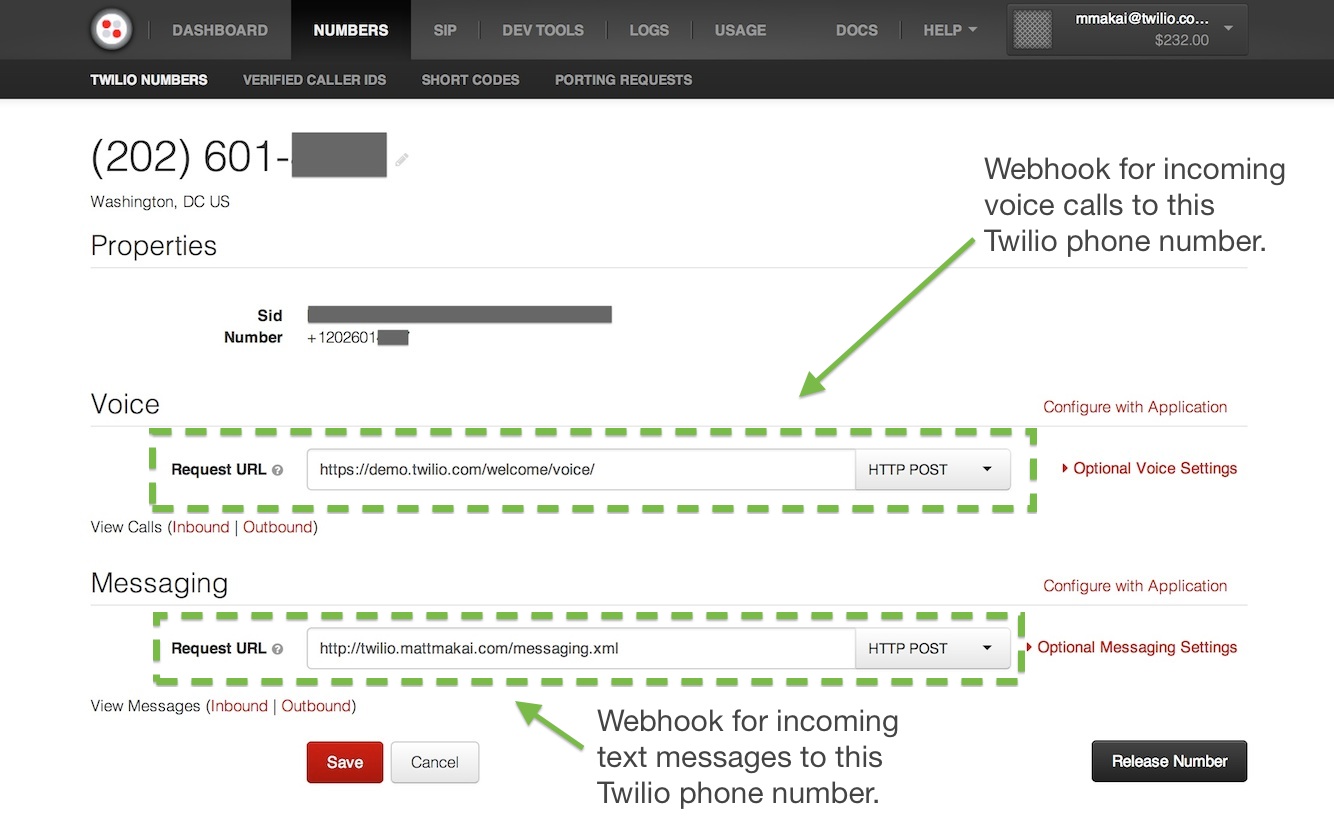Application Programming Interfaces
Application programming interfaces (APIs) provide machine-readable data transfer and signaling between applications.
Why are APIs important?
HTML, CSS and JavaScript create human-readable webpages. However, those webpages are not easily consumable by other machines.
Numerous scraping programs and libraries exist to rip data out of HTML but it's simpler to consume data through APIs. For example, if you want the content of a news article it's easier to get the content through an API than to scrap the text out of the HTML.
Key API concepts
There are several key concepts that get thrown around in the APIs world. It's best to understand these ideas first before diving into the API literature.
-
Representation State Transfer (REST)
-
Webhooks
-
JavaScript Object Notation (JSON) and Extensible Markup Language (XML)
-
Endpoints
Webhooks
A webhook is a user-defined HTTP callback to a URL that executes when a system condition is met. The call alerts the second system via a POST or GET request and often passes data as well.
Webhooks are important because they enable two-way communication initiation for APIs. Webhook flexibility comes in from their definition by the API user instead of the API itself.
For example, in the Twilio API when a text message is sent to a Twilio phone number Twilio sends an HTTP POST request webhook to the URL specified by the user. The URL is defined in a text box on the number's page on Twilio as shown below.

API open source projects
- Swagger is an open source project written in Scala that defines a standard interface for RESTful APIs.
API resources
-
Zapier has an APIs 101 free guide for what APIs are, why they are valuable and how to use them properly.
-
GET PUT POST is a newsletter just about APIs. Past issues have included interviews with the developers behind Stripe, Dropbox and Coinbase.
-
What RESTful actually means does a fantastic job of laying out the REST principles in plain language terms while giving some history on how they came to be.
-
What is a webhook? by Nick Quinlan is a plain English explanation for what webhooks are and why they are necessary in the API world.
-
Simplicity and Utility, or, Why SOAP Lost provides context for why JSON-based web services are more common today than SOAP which was popular in the early 2000s.
-
API tools for every occasion provides a list of 10 tools that are really helpful when working with APIs that are new in 2015.
APIs learning checklist
-
Learn the API concepts of machine-to-machine communication with JSON and XML, endpoints and webhooks.
-
Integrate an API such as Twilio or Stripe into your web application. Read the API integration section for more information.
-
Use a framework to create an API for your own application. Learn about web API frameworks on the API creation page.
-
Expose your web application's API so other applications can consume data you want to share.
您想了解有关集成或创建 API 的更多信息吗?
Sponsored By

Fix errors in your Python code before your users see them by monitoring with Rollbar.
Learn More Python

Deploy web apps with the Ansible configuration management tool.

Build microservices with Docker, Flask & React in this great course.
Full Stack Python
Updates via newsletter, Twitter & Facebook.
